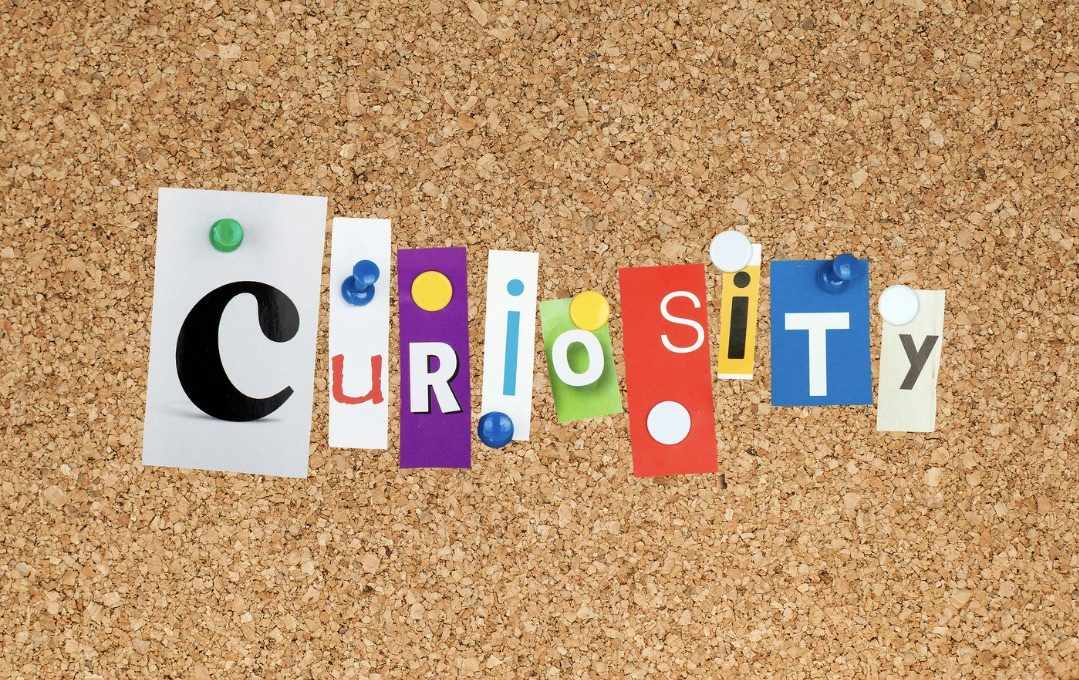“ I have no special talents. I am only passionately curious.” ~ Albert Einstein
The Seraph Brass (https://www.seraphbrass.com/) was in residence at Oberlin last week, and while I absolutely loved their Friday evening performance, I really appreciated the opportunity to attend two of the masterclasses they offered on campus. I attended the low brass class as well as the horn class. These were opportunities to learn what happens during high level brass masterclasses—virtuoso performers/teachers and very talented students. One thing was puzzling to me: what’s the problem with trills? Why are these so hard on brass instruments? Why are there daily exercises developed to practice this skill? I can see with the trombone players that it’s slide technique. I was so curious! So, I asked. I have two horn students in my class this semester and I asked the one sitting closer to me this question. “So, I’m really curious about this trill business. As a flutist, trills are relatively easy, you just wiggle a finger. Why is this so hard for you?” The answer is that trills on the horn are done with the embouchure! It’s not done with fingers on the valves! WOW WOW WOW. How did I make it all the way through music education undergrad degree and 10 years as a public school band director and not know this? I have been a body mapping teacher since 2007, working with all sorts of instrumentalists and singers and this has never come up. I’m so glad I asked, as I love to learn new stuff and now I know!
Hopefully, all of us, students and teachers, are purposefully moving through life trying to learn new things. One of the major benefits of curiosity is the acquisition of knowledge about all sorts of things.
What are you curious about?
Are you actively searching out new teaching methods? New repertoire? New-to-you repertoire?
Are you listening to different genres of music? Different types of performers and performances?
Are you asking students questions and really listening to their answers?
Are you curious about what your student’s thought process is? Are you curious about why you think and do the things you do?
Are you curious about what other interests your students have? Are you curious about what makes them tick?
In conversation with my own children, ages 15.5 and 19, I frequently find myself curious about why they say and do certain things. So I ask – for example, I didn’t know what the “Sassy Man Apocalypse” was on TikTok. (Spoiler alert – it’s a whole series of boyfriends giving their girlfriends snarky side-eyed looks.) After expressing their dismay, they filled me in, although it came with a side dose of snark and a “Mom, you need to crawl out from under your rock and get with the program.”
A willingness to be vulnerable sometimes comes along with curiosity. In my college class about movement, I often ask students to approach what I’m asking them to do with a sense of curiosity. What would it be like to make sound on my instrument or sing while I’m moving my hip joints on purpose? What would it be like if I choose to include more of the space around me in my awareness? What would it be like if…
Babies and toddlers learn about their world through curiosity and play. They don’t worry about it getting it right or being the best. They are just exploring their world and learning through experience. Channeling some of this “inner toddler” energy is tremendously valuable. Too often, we can get stuck in ruts. Teaching the same old pieces, teaching the same skills in the same way, listening to the same stuff, over and over. In my opinion, one of the greatest things we can teach our students and our children is to embrace their curiosity and we can and should lead by example.

